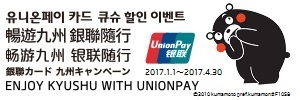ARTICLE
Food, Balloons, and Other Diversions
24/12/2015
- Author : John
- Country of Origin : United States
- Age : 20's
- Gender :male
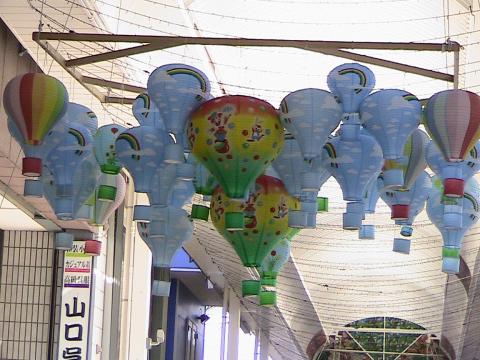
Kyushu is sometimes known as the "Food Island", and with good reason. Between the sweetest strawberries imaginable, trees bent with persimmons, Saga beef (served at the G8 summit), and internationally famous shochu- Needless to say, seize every opportunity to sample the food!
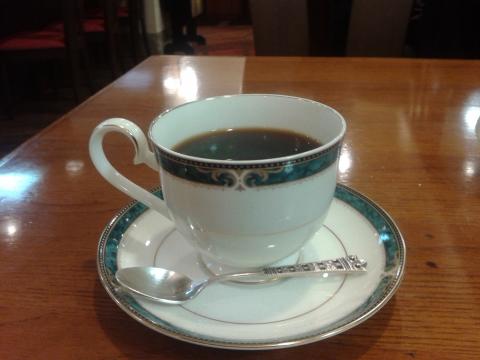
Columbo Coffee, inside the Saga Station building, serves light and flavorful cakes along side vacuum-brewed cups of gourmet coffee (priced by origin ¥300-¥800). These are the perfect fuel to start a day of adventure, especially if that adventure happens the first days of November during the Saga International Balloon Fiesta. The average traveller will want a little caffeine to perk them up for the morning balloon launch. Over a hundred balloons from around the globe pack in to a beautiful stretch of farmland by the Kase River, accessible by bus (¥0) or by rail (¥420) to the Balloon Saga Station.
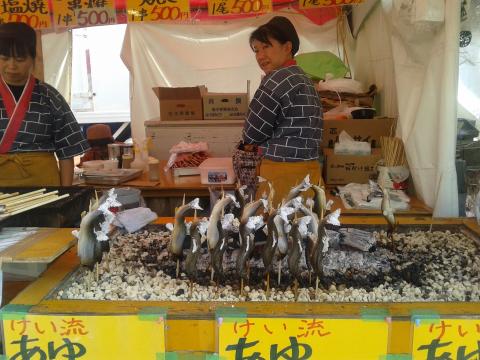
If you miss the morning launch, fear not. Live music, stage shows, local crafts, and oh-so-much food are more than enough to fill a morning. Fried fish is available as well, crispy, but still succulent, it's something everyone should try (¥400). As a bonus, the Balloon Fiesta shares space with the Scarecrow Festival.
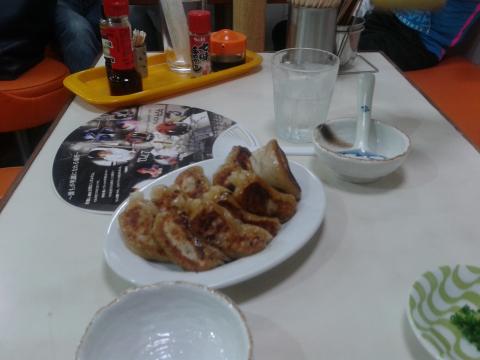
As delicious as festival food is, heading back to town for lunch gives an excellent opportunity to visit Gyozaya in the Takagimachi area of Saga city. They are positively famous for their fried dumplings, which have featured in a few newspapers and magazines. But in my opinion, and that of several friends, the soup dumplings reign supreme. Don't wait until supper, as the evening rush has tremendously long lines. (¥800)
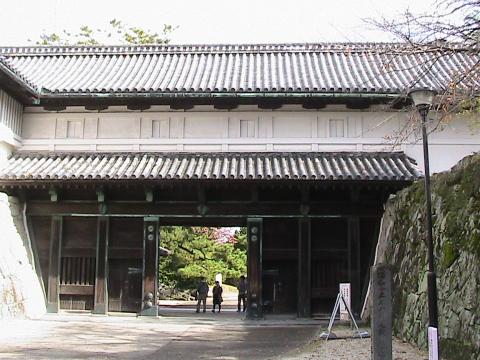
Since feasting on succulent gyoza puts you squarely in the historic district of Saga, it's the perfect chance to do additional sightseeing. I recommend starting with Saga Castle History Museum. This hirajiro style castle is listed by the Japan Castle Foundation as one of the best in the country. Audio tours are available in English (¥300), hands-on displays are scattered throughout, and on certain days there are short productions and special cultural events to enjoy.
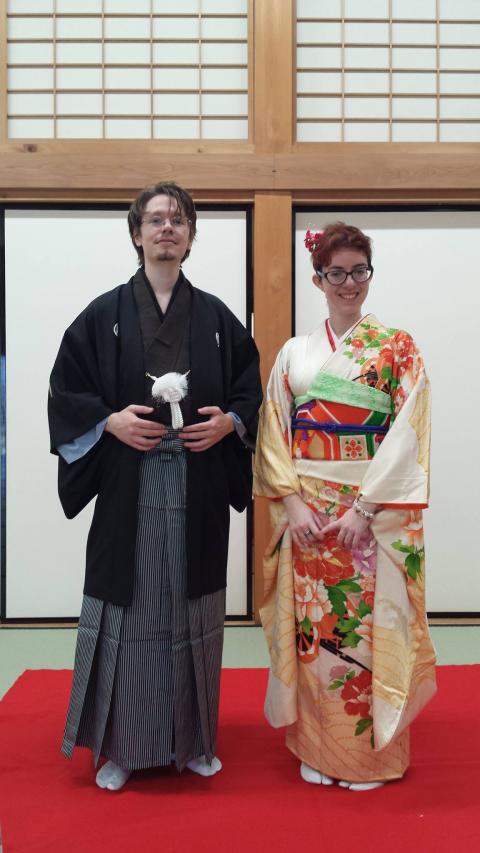
My visit included being kidnapped by a flock of volunteers, who encouraged me to try traditional cultural costume, served sweets and tea in a tea ceremony, and gave me the opportunity to try playing the koto!
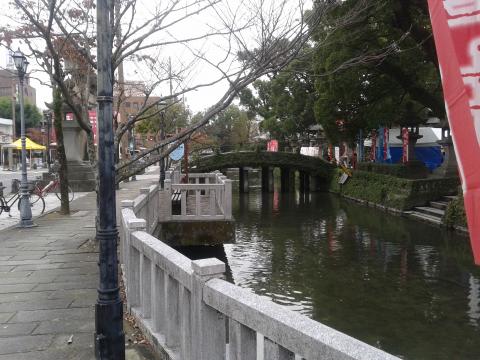
Surrounded by a gentle stream, Saga Shrine is a must-see along your way. There are actually two main shrines, Saga Shrine and Matsubara Shrine, celebrating the Nabeshima clan and their accomplishments (which you've just learned all about at Saga Castle Museum!). Additionally, there are 8 sub-shrines, and a famous noodle shop (¥400). Among the most interesting features is a tori-gate made of Arita porcelain, as well as numerous statues of kappa along the outside.
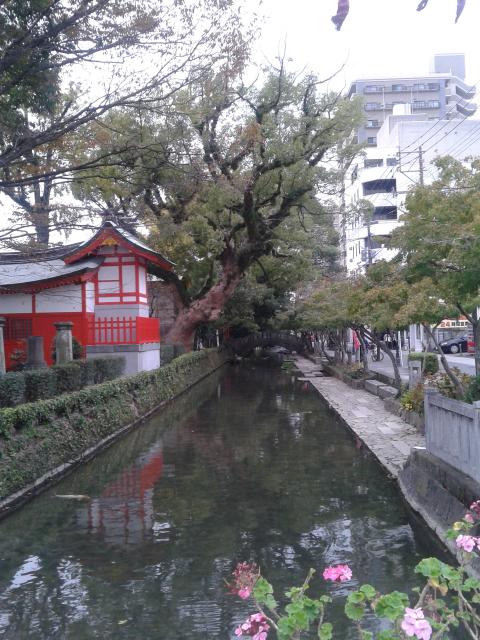
When I visited, two precocious little girls were amusing themselves bowing to and personally greeting each of the massive koi swimming past. As I walked along the river path enjoying the cool green shade, they added me to their game by deciding I was a horrible river monster, and ran laughing and screaming back inside to visit the shrine chickens.
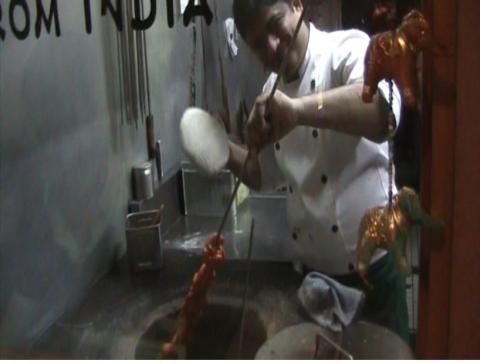
Having made the most of the shrine, supper should clearly come next. Never miss an opportunity to eat in Saga! I recommend trying Bishnu, a curry shop about a block away from Saga Station. While I want to keep this place to myself, it would be a sin not to share. The food was so delicious it made me cry, and the chef's choice platter was ¥1500 for ¥3500 of food.
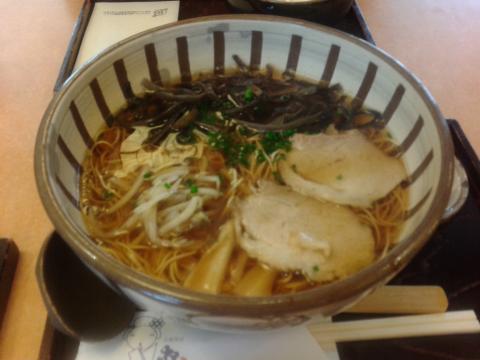
If you want to stick to purely Japanese cuisine, Issey Noodles is also scrumptious beyond belief. The richness in flavor of the broth was astonishing, combining deep vegetal flavors with a hint of expertly seared soy-sauce. (¥1000)
One last thing to remember while you visit Saga is that they provide a free multilingual call center for foreign tourists, available 24 hours a day. Anything from help with a menu or translations for hotel staff, to shopping, to advice on tourist spots. Regular phone charges apply from your carrier, of course, but there is no charge for the translation services.





![Kyushu Tourism Information [ Japan ]](/blogcontest/img/common/bnr_onsen_island.png)

